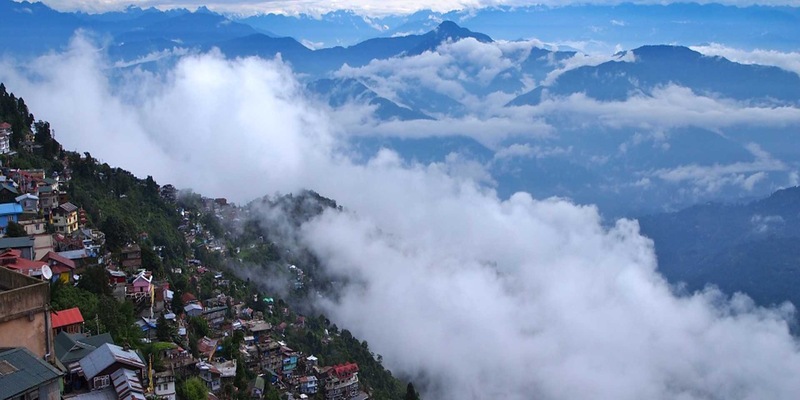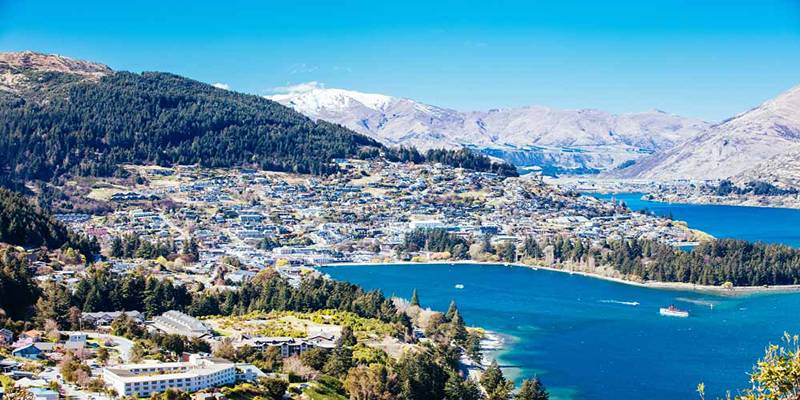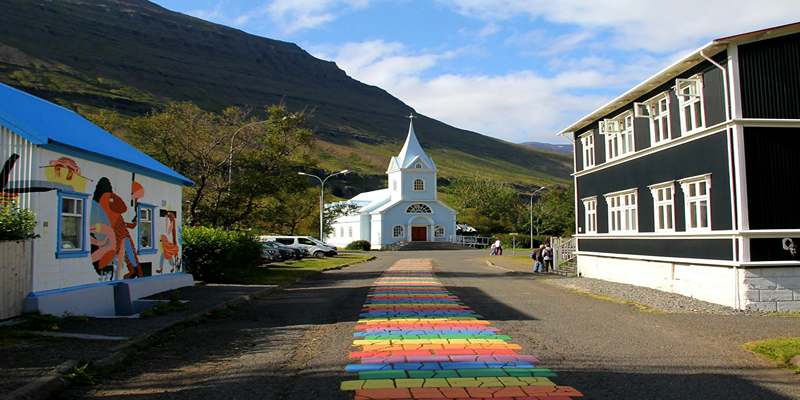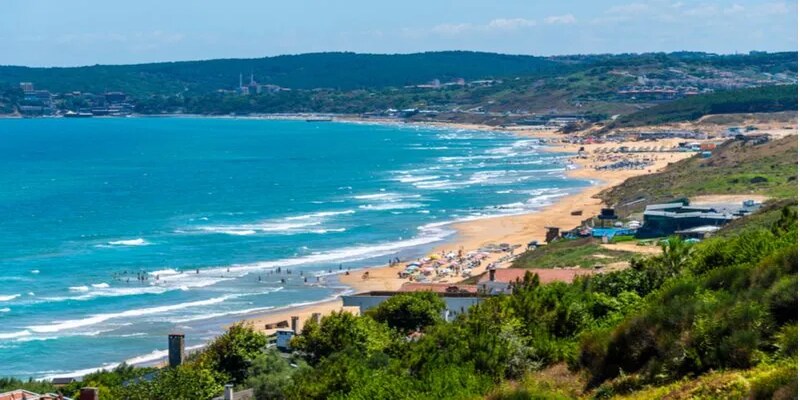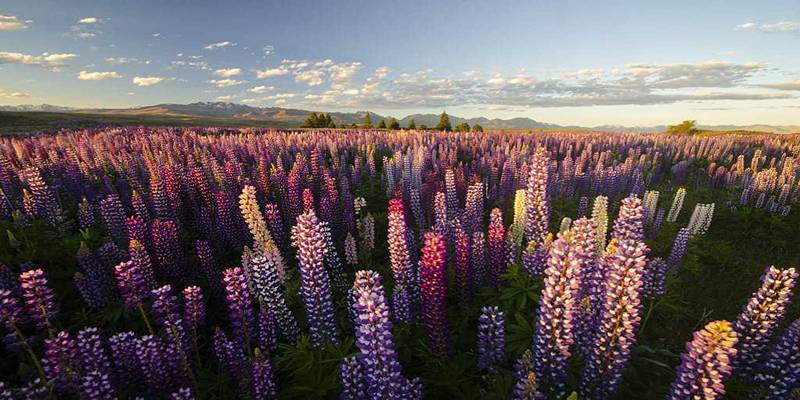Introduction
New Zealand is a country that always provides a unique experience and attraction to every traveler at all times. Due to its rich historical and cultural background and various landscape features, this country can offer a rather interesting experience in any season. Choosing when to travel to New Zealand is always difficult, as having this in mind depends on the adventure of the traveler because each season in New Zealand can be good in its own way.
Whether you are interested in going to the shores, hiking, or just touring around, there is a seaside made just for you. This guide categorizes New Zealand seasons and helps one to decide when the best time to go is, depending on their interests.
Summer (December - February)
Summer is one of the most popular times to visit New Zealand, especially for outdoor lovers. This season offers warm temperatures, extended daylight hours, and clear skies, making it ideal for exploring the country's natural beauty. Temperatures in summer usually range between 20C and 30C (68F to 86F), allowing travelers to fully enjoy NeZealand's beaches, parks, and coastal areas.
During summer, popular destinations include the Bay of Islands and the Coromandel Peninsula. These locations are perfect for water sports like swimming, snorkeling, and kayaking. Queenstown is bustling with adventure seekers, where activities such as bungee jumping, jet boating, and skydiving are top attractions. For those who prefer a more relaxed pace, summer is also the ideal season for scenic drives and vineyard visits, particularly in regions like Marlborough.
Since summer is Peak Season, expect crowded tourist spots and higher prices for accommodation and tours. If you're planning to visit during this time, booking in advance is essential. Popular areas like Queenstown and Rotorua fill up quickly, and early reservations ensure you'll have the best options. While it can be busy, the lively atmosphere and range of activities make summer an exciting time to visit New Zealand.
Autumn (March-May)
Autumn brings a quieter charm to New Zealand, with cooler temperatures and stunning fall foliage that transforms the landscape. This season offers comfortable weather, fewer crowds, and lower prices on accommodations, making it a great choice for those who want a laid-back experience. Autumn temperatures range from 15C to 25C (59F to 77F), which is perfect for outdoor activities like hiking and cycling.
One of the highlights of autumn in New Zealand is the changing colors of the leaves, especially around Lake Wanaka and Arrowtown. These areas are incredibly picturesque as the trees turn shades of red, orange, and yellow. Wine regions, such as Marlborough and Central Otago, are also beautiful in autumn, offering vineyard tours and tastings with scenic views. The NortIsland's parks and gardens also shine in autumn, with blooms and vibrant landscapes perfect for photography.
Winter (June - August)
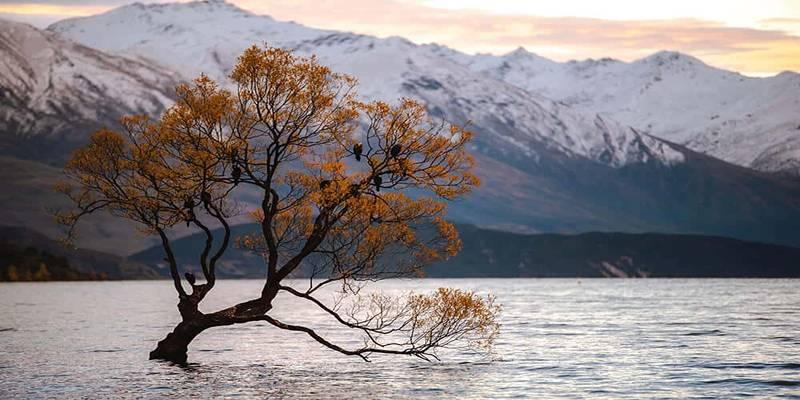
Winter in New Zealand is ideal for snow lovers and those seeking a cozy, quieter experience. With temperatures ranging from 1C to 15C (34F to 59F), winter brings snow to the mountainous areas, transforming them into a winter playground. The SoutIsland's ski fields are a big draw, attracting skiers and snowboarders from around the world.
Queenstown and Wanaka are the top winter destinations, with excellent ski resorts and slopes that cater to all levels. The Remarkables and Coronet Peak offer breathtaking views along with a variety of trails, making them perfect for winter sports enthusiasts. Besides skiing, you can enjoy other activities like ice skating and snowshoeing. For those who prefer indoor relaxation, Rotorua's geothermal hot pools provide a warm escape from the cold.
Winter is off-peak season in most regions outside of ski areas, meaning fewer tourists and more affordable accommodation options. However, be aware that snowy and icy conditions can affect road travel, especially in mountainous areas. If you plan to explore remote or elevated areas, check road conditions and prepare for possible delays.
Spring (September - November)
Spring is a vibrant and refreshing time to visit New Zealand, as the landscapes come alive with blossoming flowers, newborn animals, and mild weather. With temperatures ranging from 10C to 20C (50F to 68F), spring is perfect for outdoor activities, sightseeing, and nature-based experiences. Spring also brings longer days, giving travelers more daylight to explore.
Popular springtime destinations include Lake Tekapo, where lupine flowers bloom along the lake's edge, creating a colorful display. Spring is also an ideal time for whale watching in Kaikoura, as marine life is abundant along the coast. Hiking trails in Fiordland National Park and other scenic regions open up as the weather warms, offering beautiful views without the crowds of summer.
Choosing the Right Season Based on Activities

If you're wondering when to visit based on your favorite activities, here's a quick breakdown:
- For beach outings and water sports, summer (December - February) is the best time to visit, especially for locations like the Bay of Islands and Coromandel.
- For skiing and winter sports, winter (June - August) is ideal, with excellent slopes in Queenstown and Wanaka.
- For hiking and nature walks, spring (September - November) and autumn (March-May) offer mild weather and scenic views, making them perfect for outdoor adventures in places like Fiordland National Park.
- For cultural experiences and relaxed sightseeing, autumn is ideal, with cooler temperatures and fewer tourists, allowing for a more peaceful exploration of Maori culture and heritage sites.
Conclusion
New Zealand's beauty shines throughout the year, with each season bringing its charm and range of activities. You're drawn to the warm beaches of summer, the snowy peaks of winter, the vibrant landscapes of autumn, or the blooming gardens of spring, and there's always something incredible to experience. When choosing the best time to visit New Zealand, consider the activity you're most excited about, the type of weather you prefer, and the crowd levels in different seasons.

